Fashion
The War on Counterfeit Goods: U Faker Helps Brands & Consumers Spot Fakes
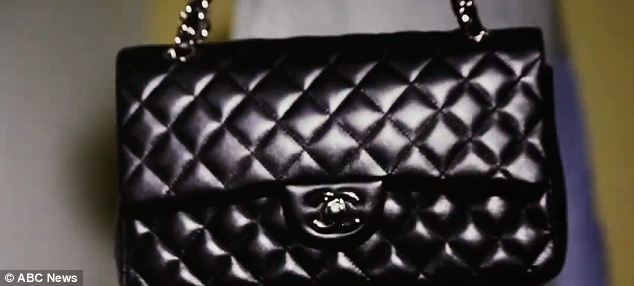
A Chanel “Super” Fake bag, almost identical to the real one. (photo via ABC News)
We all love luxury, but none of us love the prices of luxury items, at least not the retail prices of luxury goods. That’s how the underground trade for fake luxury good started. From Louis Vuitton, to Gucci, to Chanel and Burberry, they’ve all been “knocked-off.” If you travel to New York you can see “replicas” of luxury designer handbags on street corner tables or in Chinatown. In Los Angeles, they can be found in Santee Alley and a host of other locations in and around Downtown LA. Online websites cheerfully advertise and offer “replicas.” Does everyone know that replica means fake? There are the counterfeits consumers knowingly buy and then they are those that they may be duped into buying. And there are no returns for most of these items. What’s a consumer to do? Report them. But how? A new app called U Faker puts reporting counterfeit goods at your fingertips via your phone, tablet or PC.
Fake Christian Louboutin shoes seized in Los Angeles, CA. (Photo via Customs and Border Protection in LA Weekly.)U Faker is an app that lets you snap a picture when you spot a fake handbag, scarf, wallet or other item and then report it. You simply use the picture and the location where you found the item to report it. U Faker also provides consumers with a digital guide to spotting the fakes by brand. With the emergence of “Super Fakes” perhaps made with the same materials as the originals, spotting fakes is becoming harder and harder. ‘The term “superfake” was coined because essentially this fake is better than you could believe,’ Bargain Fever author Mark Ellwood told ABC News reporter Bianna Golodryga on a report featured last week on ABC World News. I have personally seen a Chanel “Super Fake” bag. Although it didn’t smell of glue (as some of the bags do) and the stitching was not crooked, it was no where near as soft as as the leather on most authentic Chanel bags. However, with the advent of Super Fakes, the fakes are getting closer and closer to duplicating the originals. That’s a real problem for brands trying to protect their intellectual property.
“U Faker started as a legal compliance tool,” says Jason Drangel, founder of uFaker and named partner at Epstein Drangel, LLP, a N.Y. intellectual property boutique. Now the tool has been extended to consumers. Why would a consumer want to report counterfeiters and help law firms and law enforcement protect the intellectual property of fashion houses and luxury brands? Well, to gain rewards. Consumers who report items receive rewards they can use like frequent flyer points to accumulate to buy items. U Faker also offers recognition on their website and via social media for the” best reporter of the month. ” So how is the public responding to U Faker? According to Mr. Drangel, there have been 1,000 downloads of the app with 100 users since July 2013. All U Faker reporters remain anonymous. People can report Counterfeit goods via the app, the U Faker website or Facebook. So far, the biggest reporters are from New York, California, Texas and some of Europe. According to Mr. Drangel, the most reported items are “high-end handbags and related goods, like sneakers.” There are even fake UGG boots on the market now as well as fake Louboutins.
Most of those who report are angry users who were duped into buying the fakes. I find this personally happens when people think they are buying from an acquittance or a second hand store. A Louis Vuitton handbag spotted on a street corner is obviously a fake. Price is another dead giveaway. If a Louis Vuitton handbag is $100.00 not $1,000, it is most likely a fake or hot.
The rewards reports receive can be used for discounts on a 3rd party website. Discounts are typically 10-50% off. U Faker reporters also may receive additional incentives, like being entered in a prize draw to win flip headphones, once they complete a report.
Who receives U Faker reports? Lawyers, investigators, licensees and law enforcement. Not surprisingly, the legal costs for luxury brands to defend their designs and hire lawyers to sue the “knock-off” artists and counterfeiters is part of what drives up the costs of a Hermes Birkin or a Louis Vuitton bag. If everyone reports the fakers, it might just help bring done the high-costs of the real luxury goods.
What do you think readers? Would you report a Faker? Read the U FAKER guide on to how to spot fakes to get some guidance on items that might be report worthy.



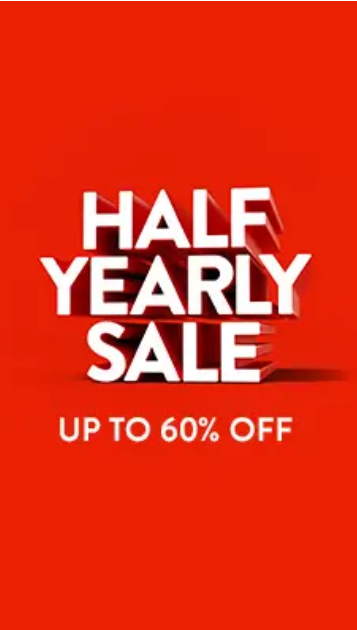

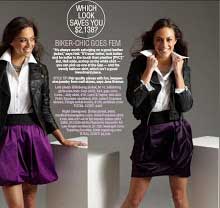
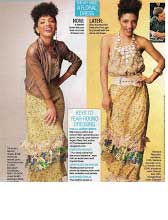
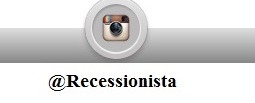
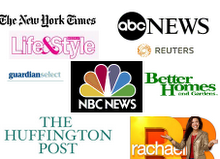
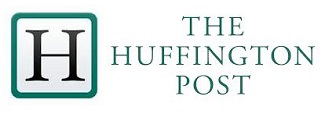



0 comments